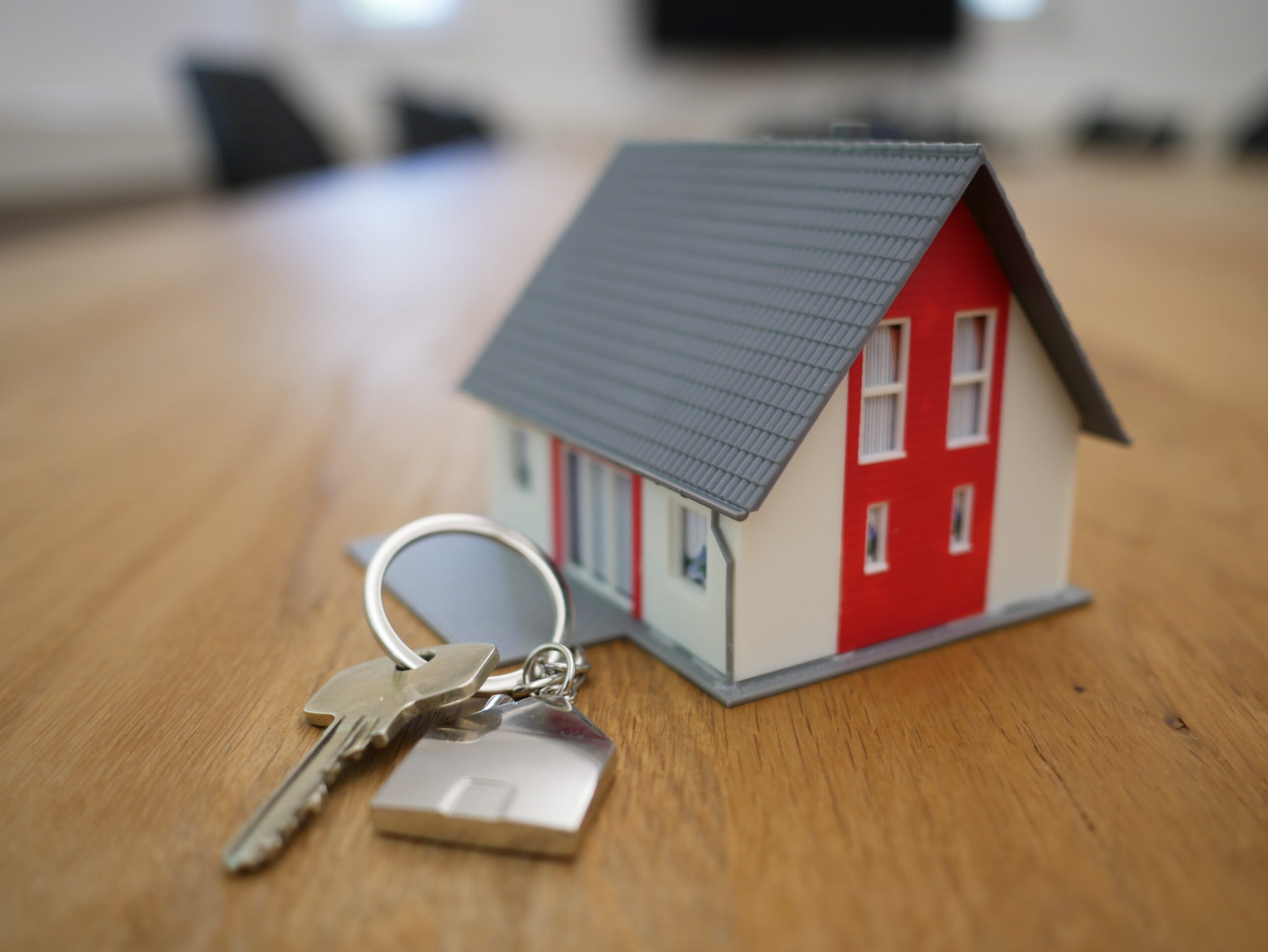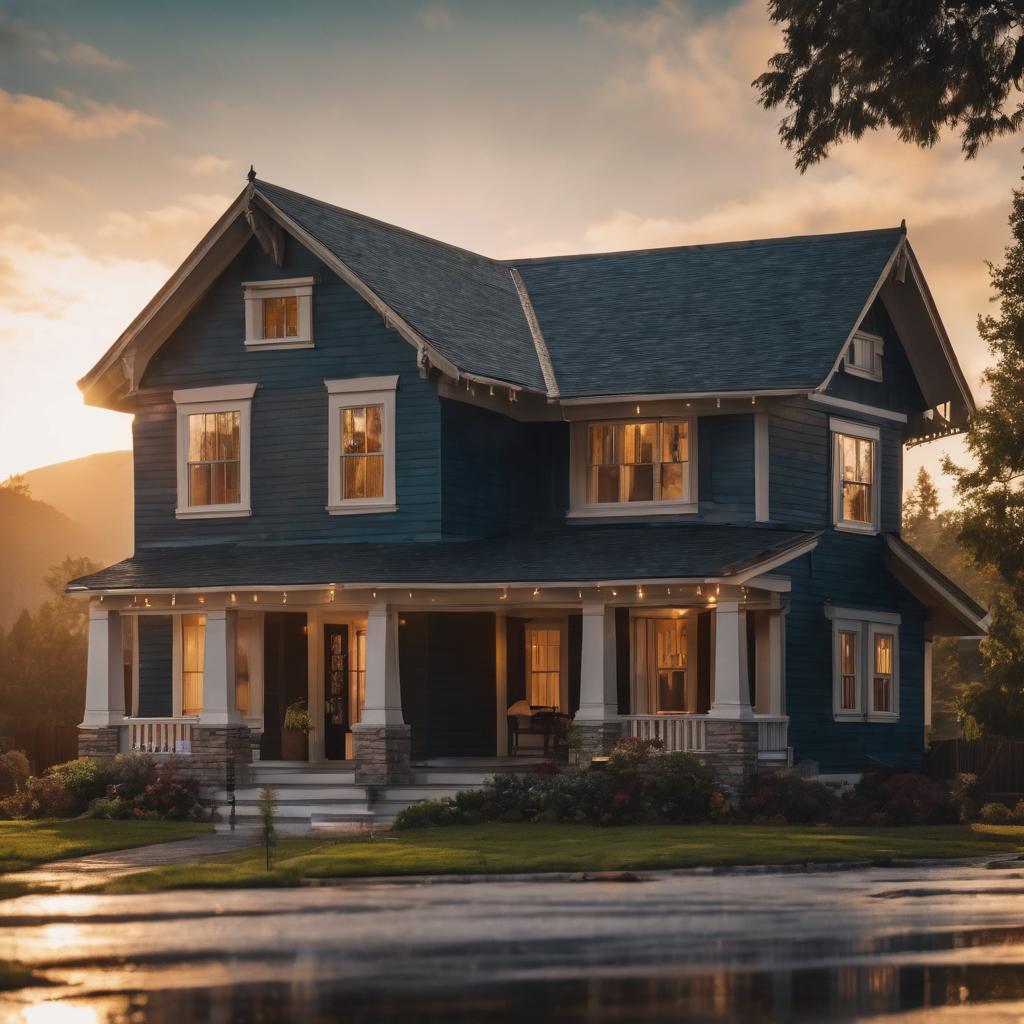What Does Homeowners Insurance Cover? A Breakdown of Common Claims

Contents
- 1 Introduction
- 2 Homeowners insurance covers damage to the structure of your house.
- 3 Homeowners insurance covers damages caused by theft, fire and vandalism.
- 4 Homeowners insurance covers damages caused by water and mold.
- 5 Homeowners insurance is not an all-encompassing policy.
- 6 You can file a claim to get back on your feet after a disaster strikes, but you should know what won’t be covered by your policy beforehand.
- 7 Conclusion
Introduction
If you’re like most homeowners, you probably have a lot of questions about what exactly is covered by your homeowners insurance policy. After all, it’s not like we’ve been living in our homes for years and have had plenty of time to brush up on all the details about this insurance product. And I’m sure that for many people, the first time they ever heard about home insurance was when their agent handed them a stack of papers after closing on their new place. But don’t worry! Today we’re going to break down some common claims to help you understand what your policy covers and how much it’ll cost if something happens to your home or its contents.
Homeowners insurance covers damage to the structure of your house.
The structure of your house is protected by homeowners insurance. This includes the walls, floors and roof. If a fire breaks out in your home and causes damage to these components, homeowners insurance will cover it. It also covers damage caused by smoke, lightning or vandalism.
However, there are a few exclusions: floods and earthquakes are not covered under standard policies; neither are windstorms (such as hurricanes) or hail storms that cause structural damage to homes in certain parts of the country where they’re more common than others; nor do they typically cover animal-related damages like squirrel infestations or bird nests on roofs
Homeowners insurance covers damages caused by theft, fire and vandalism.
- Theft coverage: Covers the cost of replacing stolen personal property. It also provides reimbursement for any expenses incurred from trying to track down your lost items or apprehending thieves if they’re caught in the act.
- Fire/explosion coverage: This part of your policy helps cover costs relating to damage caused by fires (such as smoke damage), explosions, electrical shorts or sparks (like those from faulty wiring). Coverage can also extend to other types of damage such as broken windows due to smoke infiltration during a fire incident at your home; however there may be limitations regarding what exactly is covered under this section depending on the type of policy you purchase along with whether any exclusions apply based on where you live (for example some states prohibit insuring homes located near industrial plants).
- Vandalism coverage: This section pays out if someone vandalizes or damages your property on purpose – such as breaking windows or doors off their hinges – instead of accidentally causing damage like tripping over loose floorboards while walking through an unfamiliar house late at night without lights turned on yet due to unfamiliarity with its layout
Homeowners insurance covers damages caused by water and mold.
Water and mold are two of the most common causes of damage to homes. Water damage can be caused by anything from a burst pipe to a storm, while mold grows in dark, moist areas such as basements and attics. If you’re not sure whether your home insurance will cover these kinds of claims or how much they’ll cost you out-of-pocket, here’s what you need to know:
- Some examples of how water damage might happen:
- A bathtub overflows when someone leaves the faucet running too long
- An appliance leaks under the sink or behind your washer/dryer cabinet
Homeowners insurance is not an all-encompassing policy.
Coverage varies by state and insurance company, so it’s important to carefully review your policy before purchasing it or renewing it for the first time. You may find that some policies don’t cover damage caused by floods or earthquakes, while others do not provide coverage for mold and mildew. If you live in a particularly disaster-prone area, you may want to consider purchasing additional coverage through a specialty company like Safeco Insurance or Farmers Insurance Group (which has its own subsidiary called Farmers Homeowner).
In addition to these exclusions, homeowners insurance policies often have limitations on how much they will reimburse you for certain expenses related specifically to certain types of losses such as theft or vandalism; these limits are usually based on dollar amounts rather than percentage amounts so even if your claim falls under one of their caps there could still be additional costs associated with filing said claim with them which would then require payment out-of-pocket from either yourself or someone else depending upon whether someone else was responsible for causing those damages/losses (i..e vandalism) versus just being unable
You can file a claim to get back on your feet after a disaster strikes, but you should know what won’t be covered by your policy beforehand.
What is an insurance claim? An insurance claim is a request for compensation from your insurer in the event of damage or loss due to an accident or theft. In order for it to be considered valid, there must be evidence that supports the occurrence of the event that led up to this damage or loss–for example: if someone breaks into your home and steals several items (such as jewelry), then you would need proof that this happened before any money can be reimbursed; usually this takes place through police reports or other forms of documentation related specifically towards filing out claims with companies like Allstate Insurance Company because they offer coverage plans designed specifically around protecting homeowners against potential risks such as burglary attempts at night when everyone else is asleep inside their own homes!
Conclusion
It’s important to know what your homeowners insurance covers and what it doesn’t. For example, if you’re looking for coverage against flooding or earthquakes, you’ll need to purchase additional policies that may be more expensive than average homeowners coverage rates. If you’re unsure about how much coverage you need or how much an insurance company will cost, talk with a licensed agent who can help guide your decision-making process from start (or even before) all the way through closing on your new home!








